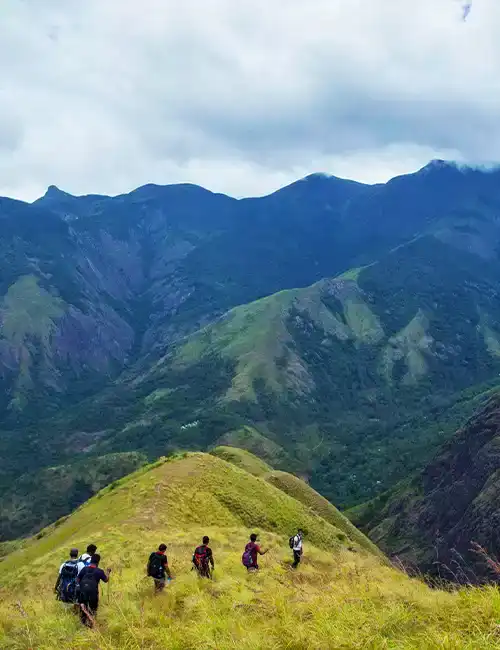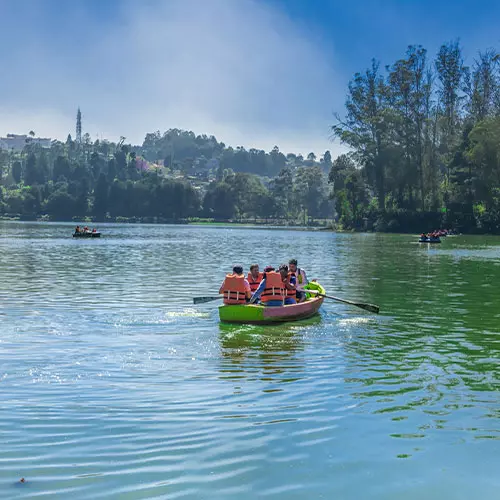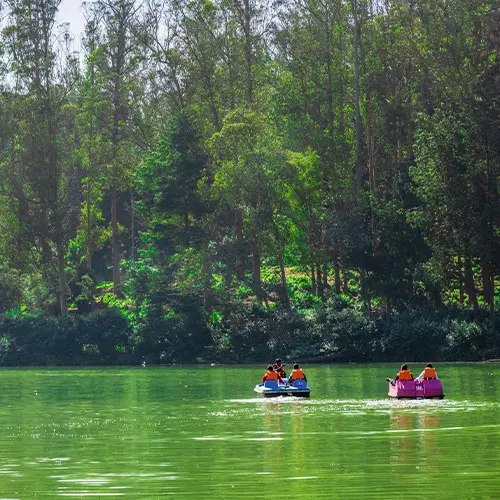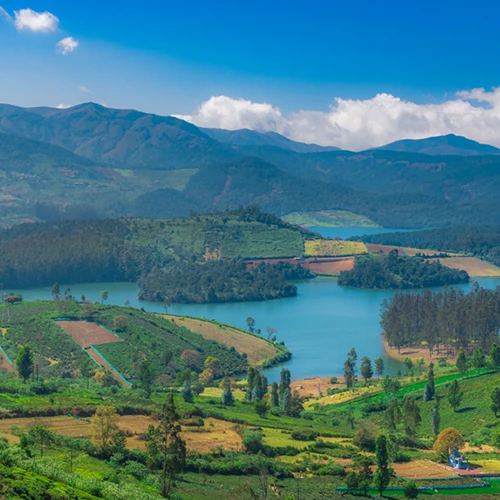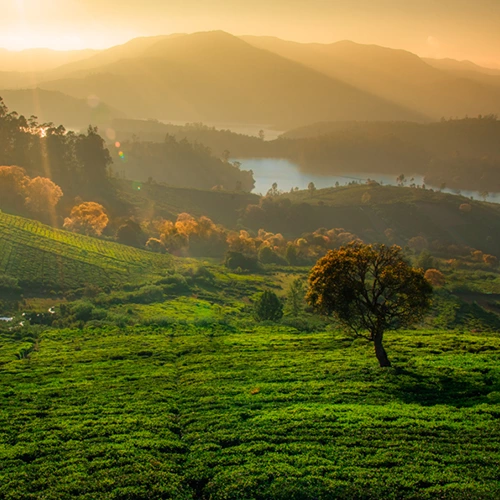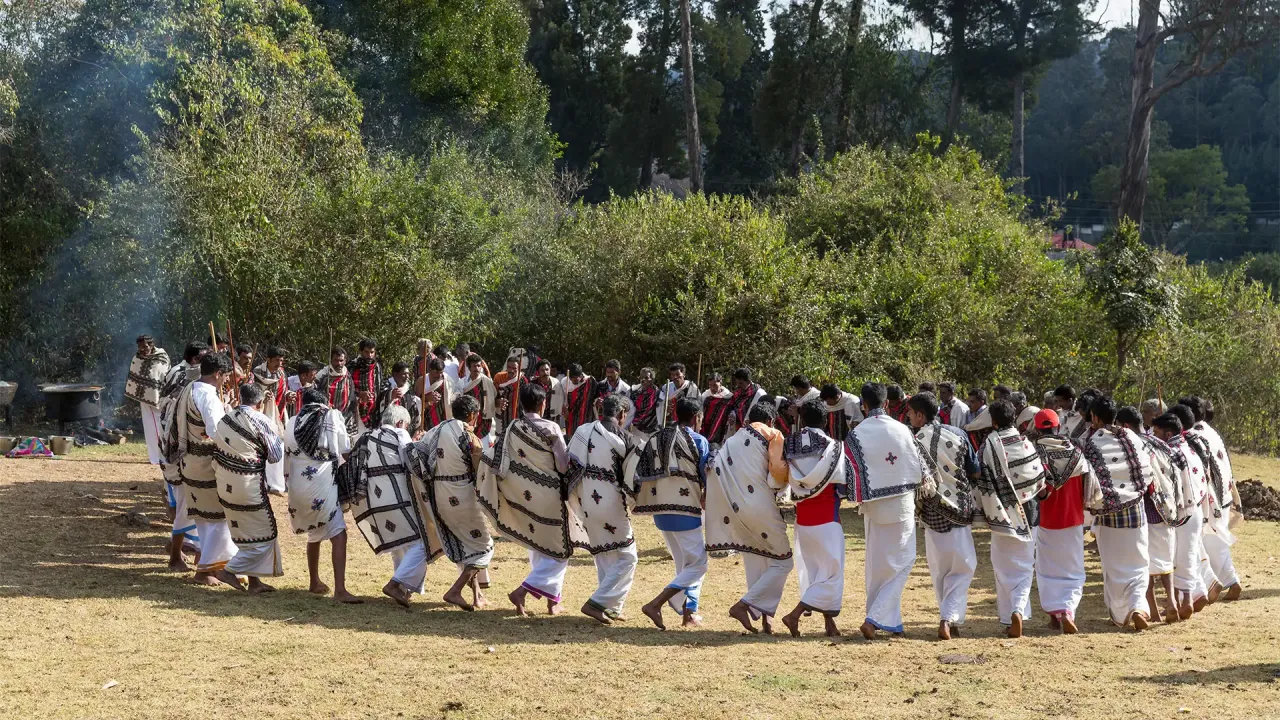
An Ooty visit will be incomplete without visiting and experiencing the life of Toda tribes, the original natives of this place, who were present even before the British came. The Dravidian ethnic group existed here even before the 18th century. With the help of a guide, you will get a chance to know this tribe closer by interacting with them and visiting their houses, through a trail to their village.
The Toda village is located 15 kilometres away from Ooty. You can learn about their cultural background, their faith in forests, and how familiar they are with forest plants and forest products. The majority of the members of Toda tribes are pastoral people, who engage in agricultural and cattle herding activities, even though they have taken up other occupations dues to technological intervention and interaction with the outside world.
In the Toda village, you can see the tribes living in a closed community or hamlet called mund and mostly the people will be related to each other. There are only a very few huts (also called dogles) now, of which one is for maintaining their cattle and the other is for storage purposes. The semi-barrel-shaped huts are very peculiar and have curious structures with no windows. You need to stoop inside to get into the hut but can stand straight after entering it. There are also carvings of patterns and motifs related to Toda belief on the front wall of the huts. This would be an ideal opportunity for people who are interested in cultural photography. You can also dress up in traditional tribal costumes and get yourself clicked. The women of the tribe wear the traditional embroidered shawl and this unique embroidery has attained Geographical Indication (GI) status. You can purchase these shawls from shops in Ooty.
There is also an Ooty Tribal Research Centre which you can explore parallelly. Apart from the well-stocked library, there is also a display of artefacts and stuffed animals of pre-historic times. You can also visit and get to know about the Irula and Kurumba tribes. Toda people are deeply religious and they also have a temple with a thatched roof and carved entrances that are similar to their huts.




